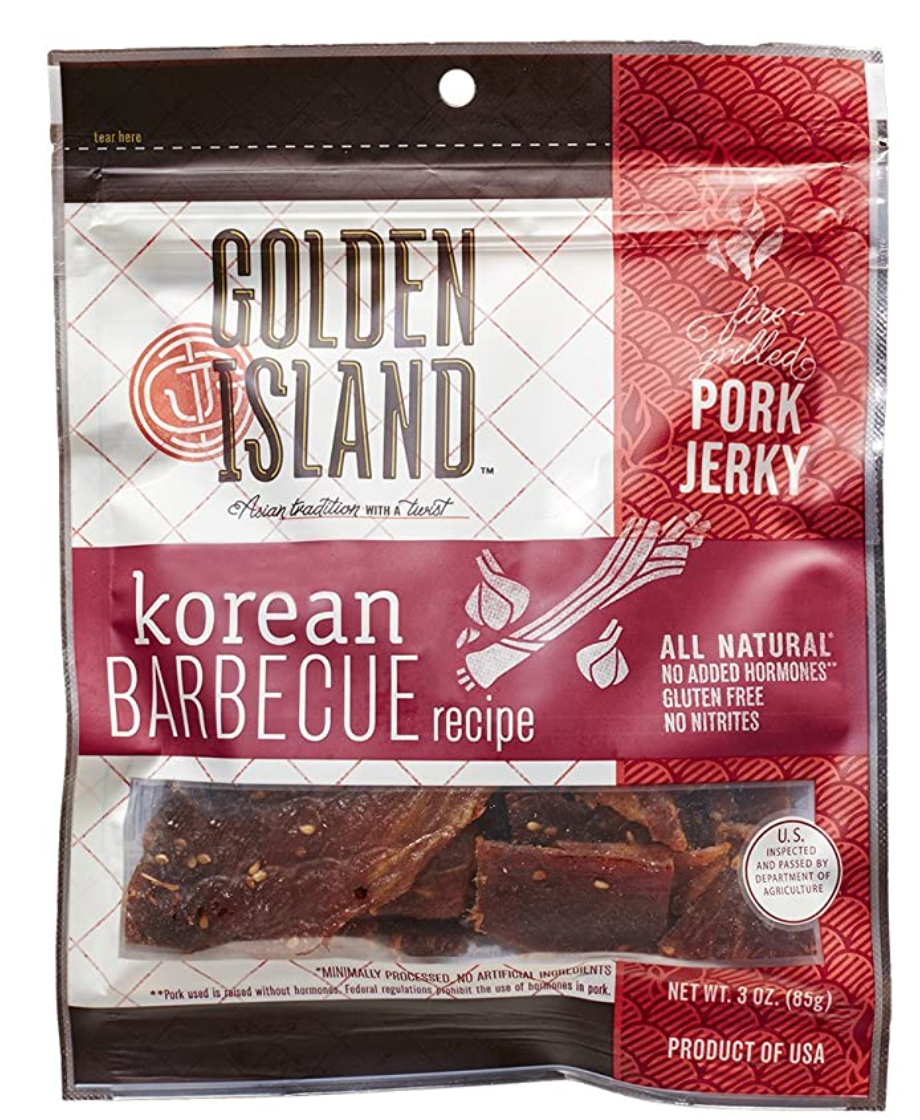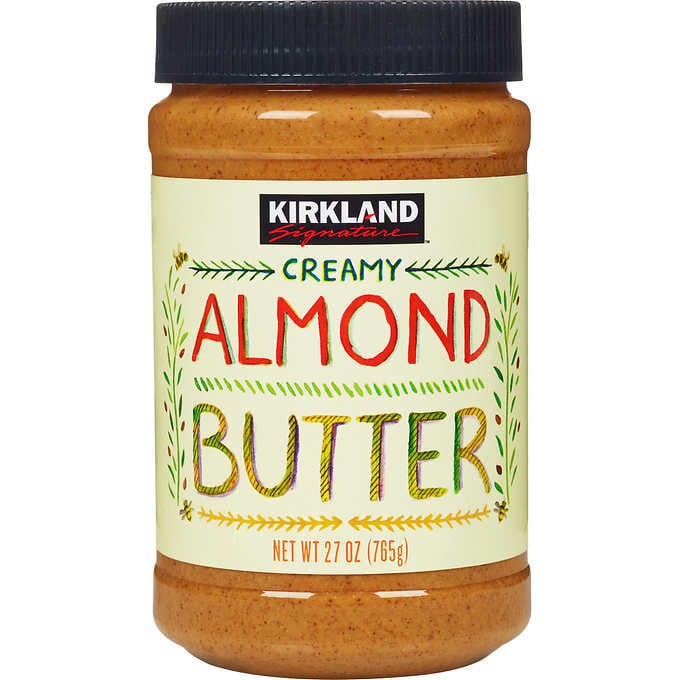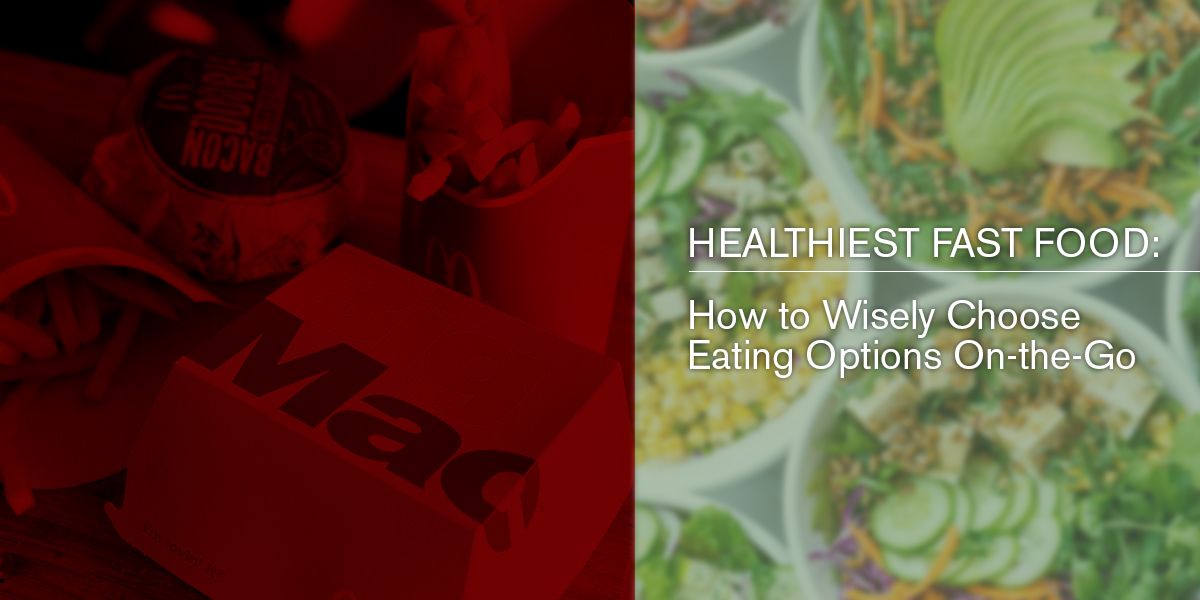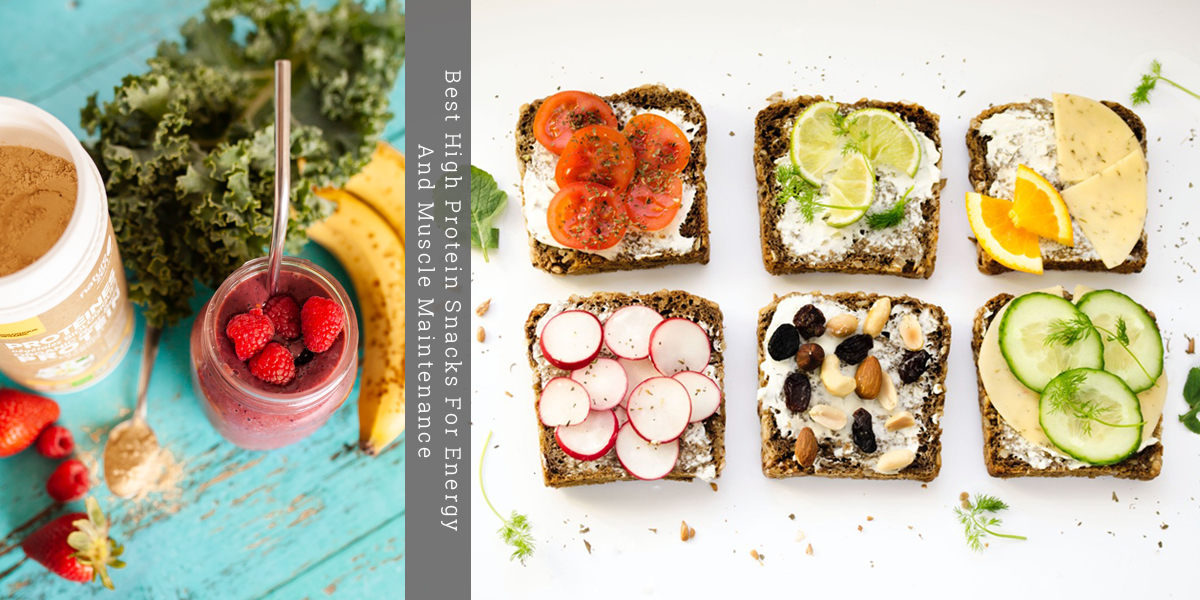5 Nutritious Shelf-Stable Foods for Your Pantry

Winter is coming! And with it has come an unfortunate increase in Coronavirus cases. Some areas are already discussing the need for another round of lockdowns. Hopefully, this will not come to fruition, but if it does there are some steps you can take now to bolster your food stores. Having a bit of extra food on hand can be also helpful if you find yourself needing to isolate or quarantine.
If you are concerned about potential food shortages, know that there are some highly nutritious and highly shelf-stable items you can pick up now at any grocery store.
Great shelf-stable foods
Apples
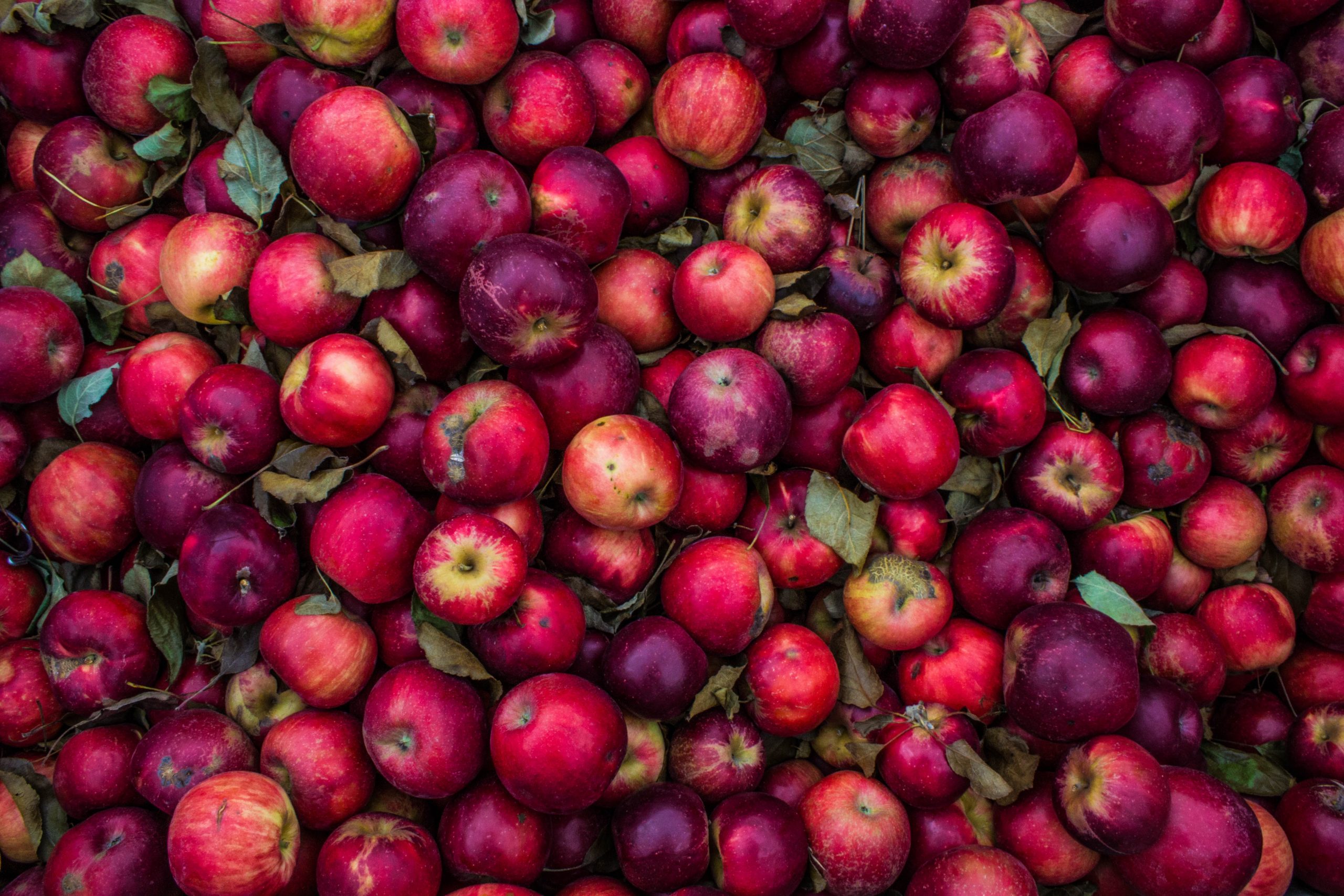
Rich in potassium and vitamin C, apples come in numerous varieties, each with its own flavor profile — from tart to sweet. Apples boast culinary versatility and can be used for just about every meal occasion. Photo by Sydney Rae on Unsplash
How to Store: At room temperature or in the refrigerator
Shelf Life: 3 weeks in the pantry, 4–6 weeks in the fridge
Canned vegetables

Of the options on this list, canned vegetables win the longest shelf-life award. Beans, vegetable soups, carrots, corn, peas, and more are typically canned in low-acid environments which extend their shelf life and their nutrient content. If you are concerned about BPA, look for vegetables stored in BPA free cans.
How to Store: In its original packaging in your pantry
Shelf Life: 2–5 years
Jerky
Golden Island Korean BBQ Pork Jerky, $6.49
Available in various meats — beef, turkey, pork, etc — jerky boasts a very healthy shelf life. Jerky packs a good amount of protein in addition to nutrients like zinc and vitamin B12. Beware! Oftentimes jerky is high in sodium if you are trying to limit your intake.
How to Store: In its original packaging in your pantry
Shelf Life: 1–2 years
Nut butters
Kirkland Almond Butter, $8.99
Always a delicious option that can be paired with many foods, like the apples we mentioned above! Use them in wraps, as a flavor booster, or in sandwiches for on-the-go snacks. With so many varieties, it can be easy to find one that you enjoy. As an added bonus, they contain a good amount of healthy fats.
How to Store: At room temperature or in the refrigerator
Shelf Life: Varies by nut butter variety
- Almond – 1 year
- Cashew – 3 months
- Peanut butter – 6 months, if unsalted, to 2 years, if salted
Potatoes
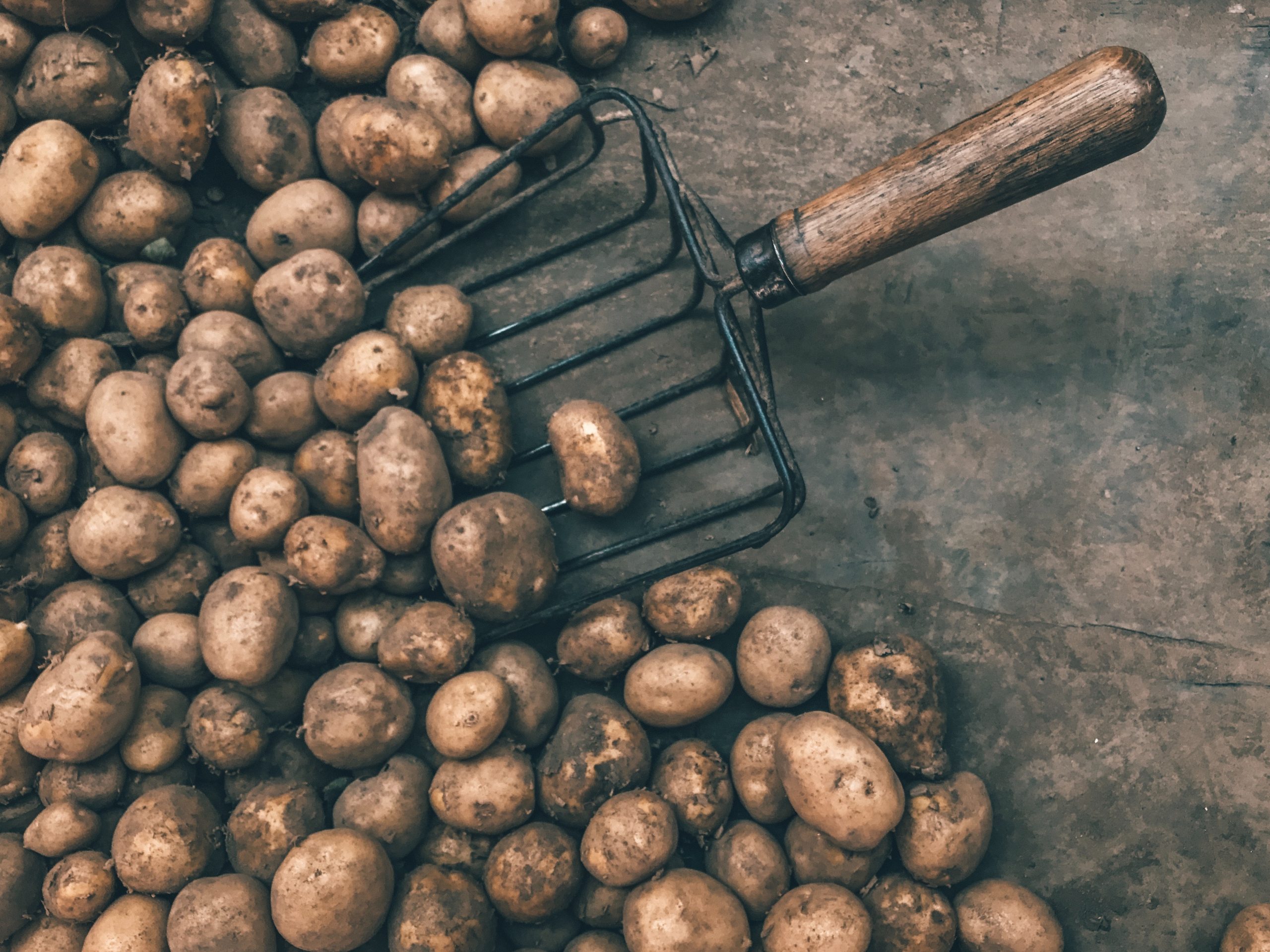
Particularly ones with colorful skins, potatoes are an inexpensive and surprisingly nutrient-dense opinion. Potatoes that boat rich skin colors — red, purple, orange — are packed with beneficial plant compounds, so be sure to eat these! If you cook, cool, and reheat a potato, they form something called resistant starch which behaves much like fiber and can benefit your gut health. Photo by Jan Antonin Kolar
How to Store: In a cool, dark, and dry location
Shelf Life: 1–2 months
Preparing your food storage
As you are building up your food reserves, don’t feel the need to buy it all at once. One strategy is to buy 15–25% more than you normally would at each grocery trip to gradually increase your food supplies.
If you’re curious about the shelf life of other foods, check out the USDA’s FoodKeeper App. It will help you understand the best storage conditions for foods and beverages to maximize their freshness and quality.
But now that you have all this food, what do you make? Check out our list of recipes you can make with items commonly found in your pantry.
Photo credits: Muradi on Unsplash, Luisa Brimble on Unsplash, Sydney Rae on Unsplash
This post contains affiliate links and we may be compensated if you make a purchase after clicking on the links.


